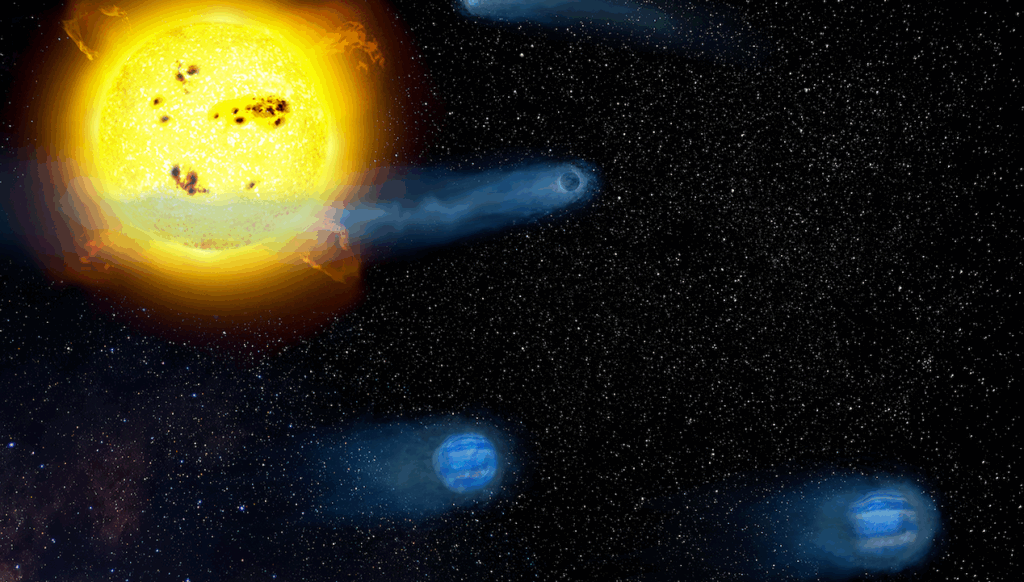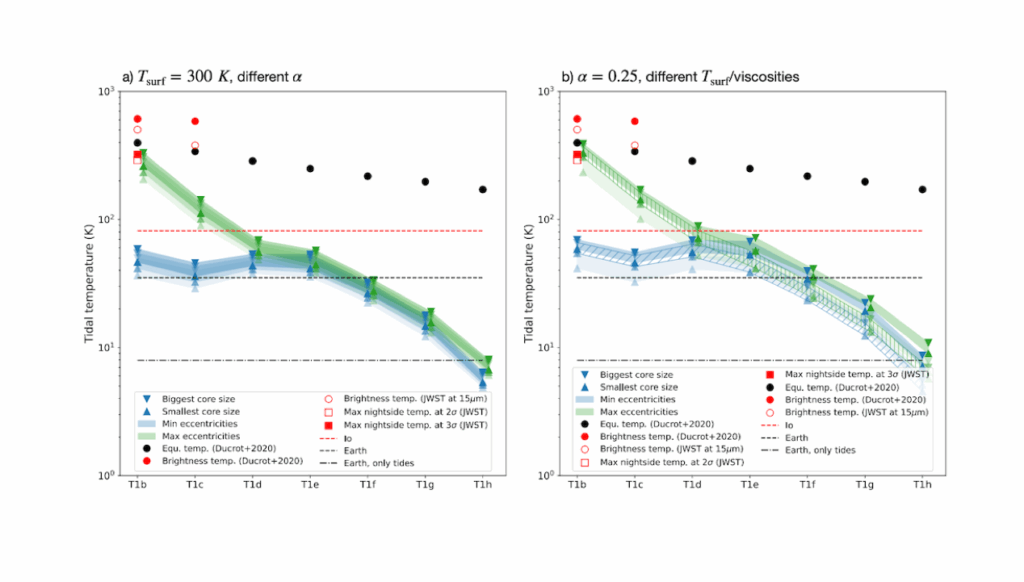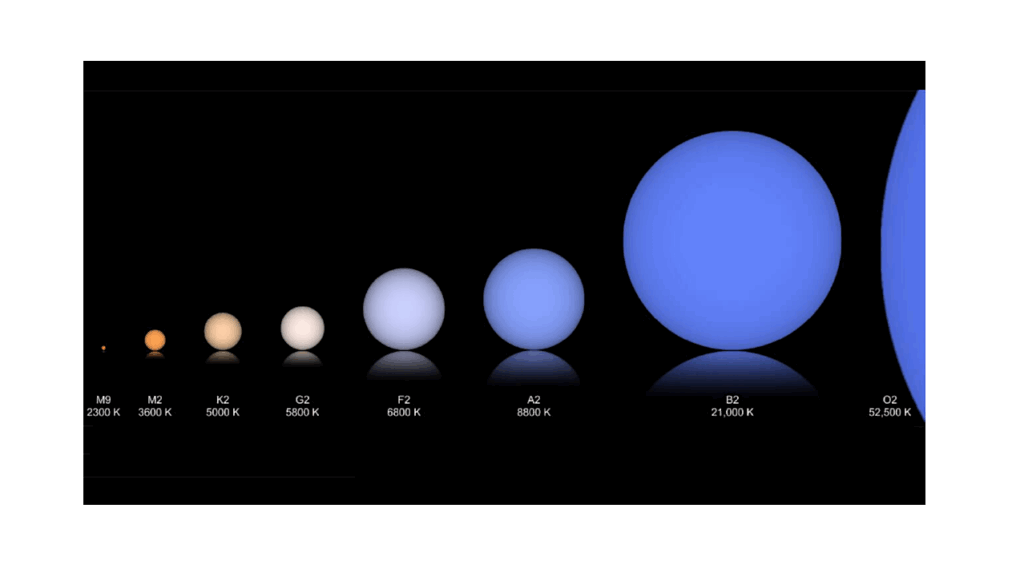Magnetic Field Of Gas Giant Exoplanets And Its Influence On The Retention Of Their Exomoons

We study the magnetic and tidal interactions of a gas-giant exoplanet with its host star and with its exomoons, and focus on their retention. We briefly revisit the scaling law for planetary dynamo in terms of its mass, radius and luminosity.
Based on the virial theorem, we construct an evolution law for planetary magnetic field and find that its initial entropy is important for the field evolution of a high-mass planet. We estimate the magnetic torques on orbit arising from the star-planet and planet-moon magnetic interactions, and find that it can compensate tidal torques and bypass frequency valleys where dynamical-tidal response is ineffective. For exomoon’s retention we consider two situations.
In the presence of a circumplanetary disk (CPD), by comparison between CPD’s inner and outer radii, we find that planets with too strong magnetic fields or too small distance from its host star tend not to host exomoons. During the subsequent CPD-free evolution, we find, by comparison between planet’s spindown and moon’s migration timescales, that hot Jupiters with periods of several days are unlikely to retain large exomoons, albeit they could be surrounded by rings from the debris of tidally disrupted moons.
In contrast, moons, if formed around warm or cold Jupiters, could have migration timescale is longer than the age of planetary system and be preserved. Finally, we estimate the radio power and flux density due to the star-planet and planet-moon magnetic interactions and give the upper limit of detection distance by FAST.
Xing Wei, DNC Lin
Subjects: Earth and Planetary Astrophysics (astro-ph.EP); Solar and Stellar Astrophysics (astro-ph.SR)
Cite as: arXiv:2402.07387 [astro-ph.EP] (or arXiv:2402.07387v1 [astro-ph.EP] for this version)
Submission history
From: Xing Wei Dr
[v1] Mon, 12 Feb 2024 03:09:54 UTC (941 KB)
https://arxiv.org/abs/2402.07387
Astrobiology








